Did you know that New Zealand's native wildlife is on the brink of a significant ecological shift due to climate change? As the country's temperatures steadily rise, endemic species are facing unprecedented challenges. This phenomenon not only threatens biodiversity but also has profound implications for New Zealand's economy, particularly in sectors such as tourism and agriculture. According to Stats NZ, the tourism industry contributes approximately 5.8% to the nation’s GDP, heavily reliant on the unique allure of Kiwi wildlife. As climate change alters these natural habitats, the repercussions could be substantial.
Understanding the Impact of Climate Change on Kiwi Wildlife
New Zealand's unique geographical isolation has fostered a diverse range of flora and fauna, much of which is not found anywhere else in the world. However, climate change is altering ecosystems at an alarming rate. For instance, a study from the University of Otago highlights that New Zealand’s ocean temperatures are rising at a rate 1.5 times faster than the global average. This increase disrupts marine life, affecting species like the Hector's dolphin and yellow-eyed penguins, both critical to local biodiversity and eco-tourism.
Case Study: The Kakapo Parrot's Struggle
Problem: The Kakapo, a flightless parrot, is one of New Zealand's most endangered species. Historically, their population has been decimated by introduced predators and habitat loss. Recent climate changes have exacerbated these challenges by affecting their breeding patterns.
Action: Conservationists have implemented a unique intervention program, which includes the translocation of Kakapos to predator-free islands and the use of artificial insemination to increase their numbers.
Result: As of 2023, the Kakapo population has seen a modest increase of 15%, a positive sign that these interventions can mitigate some climate change impacts.
Takeaway: The Kakapo case underscores the importance of adaptive conservation strategies in response to climate change. Other New Zealand species could benefit from similar tailored approaches.
Comparative Analysis: Global Examples with New Zealand Applications
Globally, countries are grappling with the impact of climate change on wildlife. In Australia, the Great Barrier Reef has experienced significant bleaching events due to rising sea temperatures. The Australian government's response, which includes policies focused on reducing carbon emissions and protecting marine areas, offers valuable insights for New Zealand policymakers.
Similarly, the success of Sweden's wildlife corridors, designed to facilitate species migration in response to climate shifts, could be an innovative strategy for New Zealand. By creating safe passages for species to move and adapt, these corridors could help maintain biodiversity as climatic conditions change.
Pros and Cons of Climate Change Mitigation Strategies
- Pros:
- Enhanced Biodiversity: Initiatives like wildlife corridors can preserve diverse ecosystems.
- Tourism Opportunities: Conservation efforts can boost eco-tourism, a significant contributor to New Zealand's economy.
- Global Leadership: By adopting innovative strategies, New Zealand can position itself as a leader in climate change mitigation.
- Cons:
- High Costs: Implementing and maintaining conservation strategies require substantial financial investments.
- Uncertain Outcomes: The effectiveness of these strategies can vary based on unforeseen ecological changes.
- Potential Displacement: Some strategies might inadvertently affect human populations, requiring careful management.
Debunking Myths about Climate Change and Wildlife
Myth: "Native species will naturally adapt to climate change without intervention." Reality: While some species may adapt, many, like the Kakapo, require human intervention to survive. A report by the Department of Conservation highlights that without proactive efforts, nearly 50% of native species could face extinction.
Myth: "Climate change impacts are too slow to notice." Reality: Changes are occurring rapidly, with noticeable shifts in species distribution and breeding patterns within merely a few decades, as evidenced in recent ecological studies.
Biggest Mistakes to Avoid in Conservation Efforts
- Overlooking the impact of invasive species, which can exacerbate the effects of climate change on native wildlife.
- Failing to integrate local communities in conservation efforts, missing out on valuable traditional ecological knowledge.
- Neglecting to monitor and adapt strategies in response to ongoing climate data, which is crucial for effective long-term conservation.
Future Trends and Predictions
By 2030, New Zealand could see a 20% increase in climate-driven wildlife conservation initiatives, according to predictions by the Ministry for the Environment. Additionally, advancements in technology, such as AI monitoring systems, are expected to enhance the efficiency of these conservation efforts significantly.
Moreover, with ongoing policy shifts towards sustainability, New Zealand's government aims to implement stricter regulations on emissions and land use, which will play a crucial role in mitigating climate impacts on wildlife.
Conclusion: Final Takeaway & Call to Action
The impact of climate change on Kiwi wildlife is profound, requiring immediate and innovative responses. As New Zealand navigates these challenges, it’s imperative for policymakers, conservationists, and citizens to collaborate on sustainable solutions. Ready to make a difference? Consider supporting local conservation efforts or engaging with policymakers to advocate for stronger environmental protections.
What’s your take on the future of New Zealand’s wildlife? Share your insights below!
People Also Ask (FAQ)
- How does climate change impact New Zealand's tourism industry? Climate change affects biodiversity, which is a key draw for tourists. Protecting wildlife ensures the sustainability of this sector, vital to the economy.
- What are the biggest misconceptions about climate change and wildlife? A common myth is that all species will adapt naturally. In reality, many need human intervention for survival, as shown in conservation reports.
Related Search Queries
- New Zealand wildlife conservation strategies
- Impact of climate change on NZ tourism
- Kakapo population recovery efforts
- Wildlife corridors and climate change
- New Zealand climate change policies






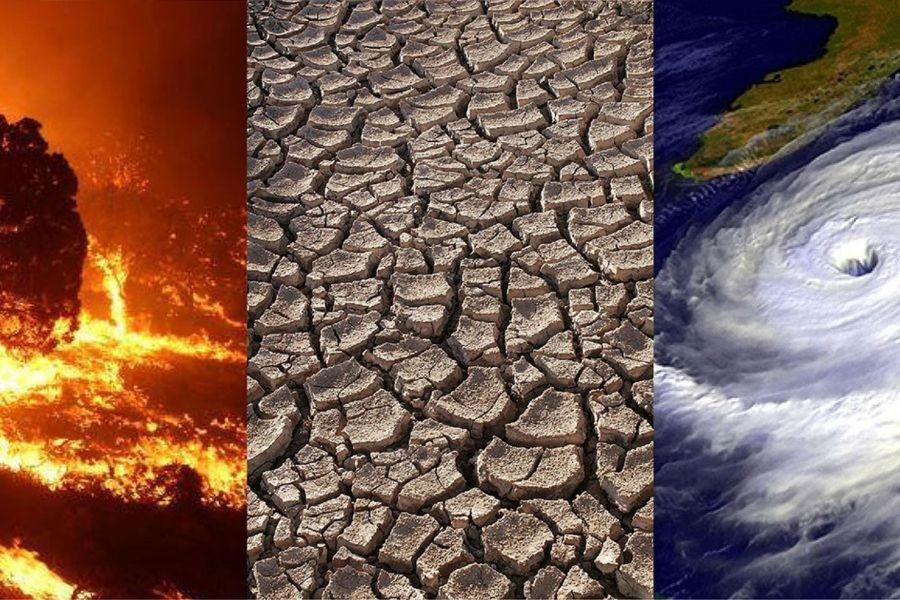










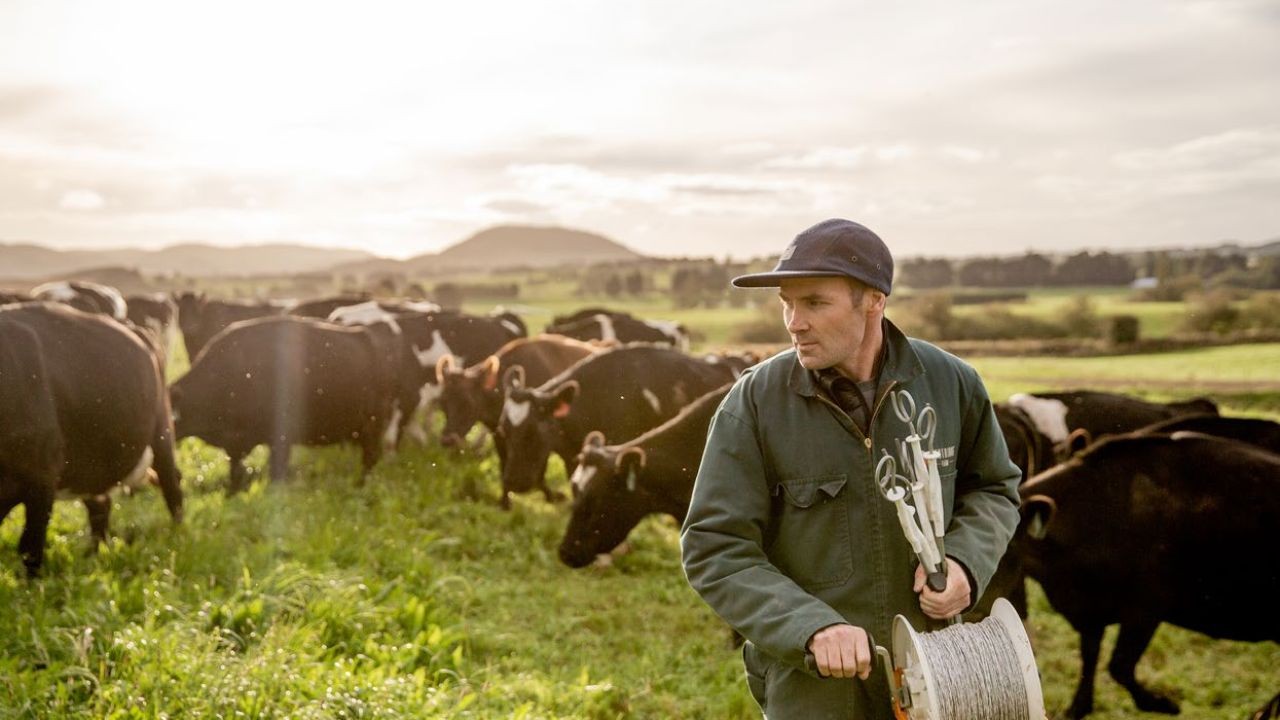






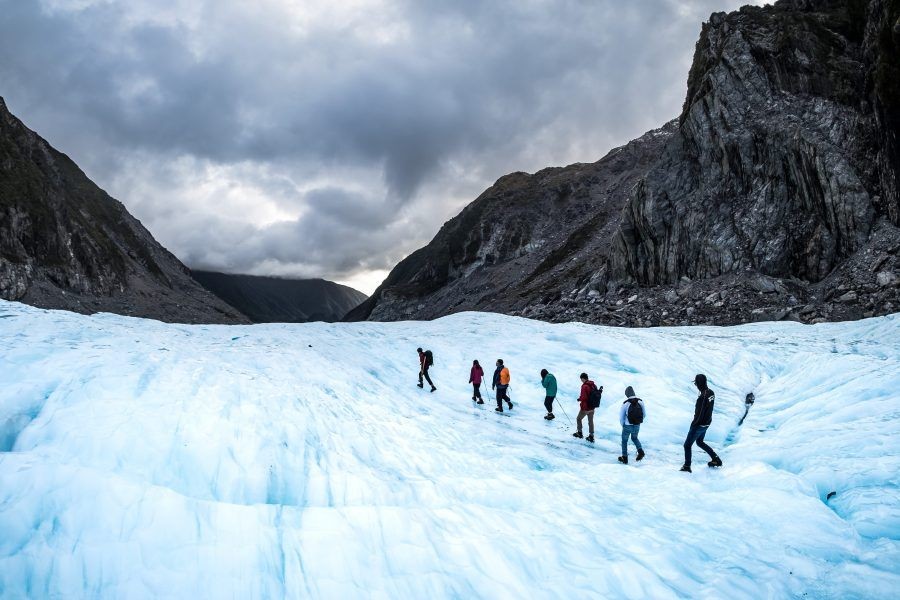






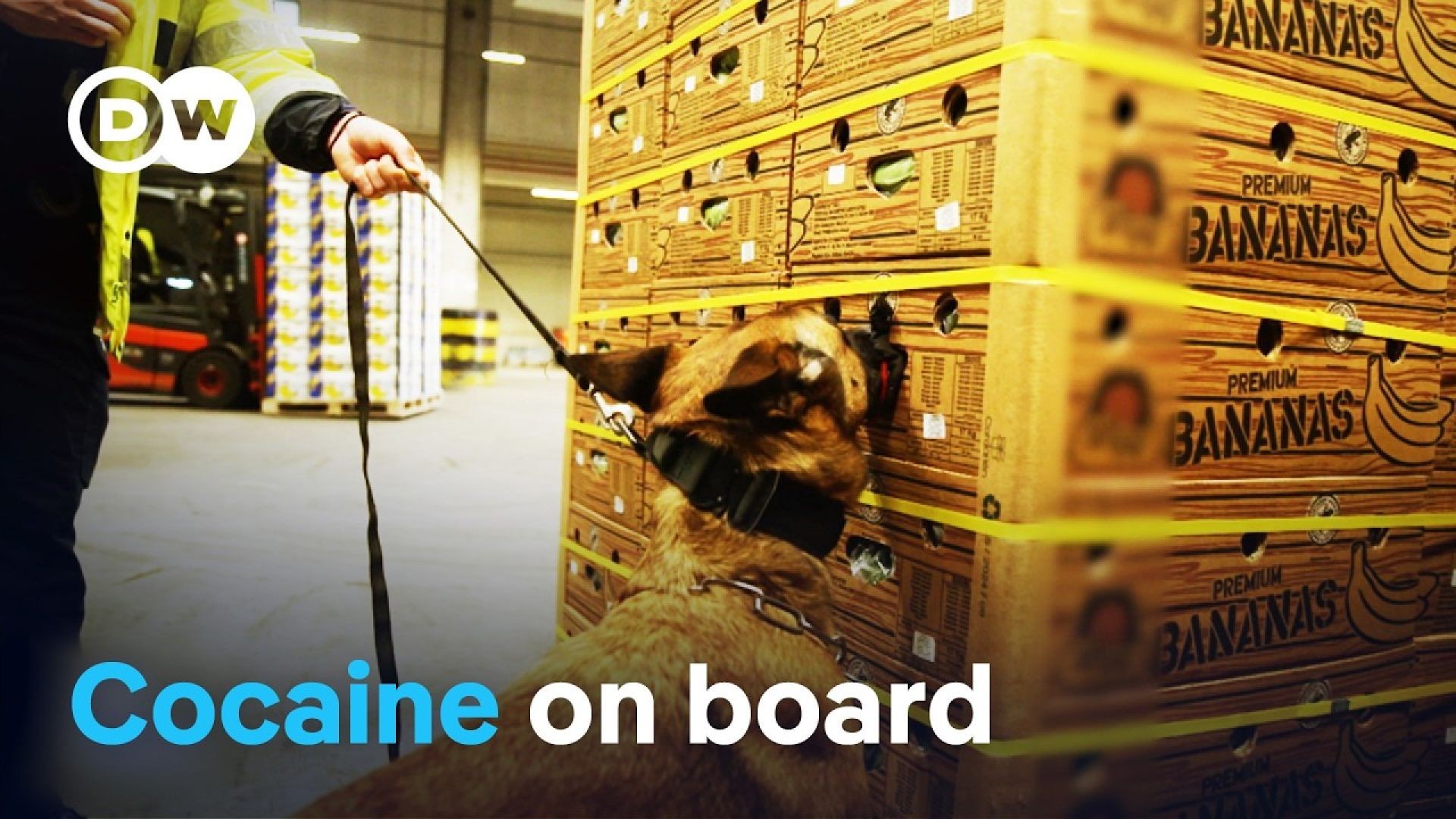


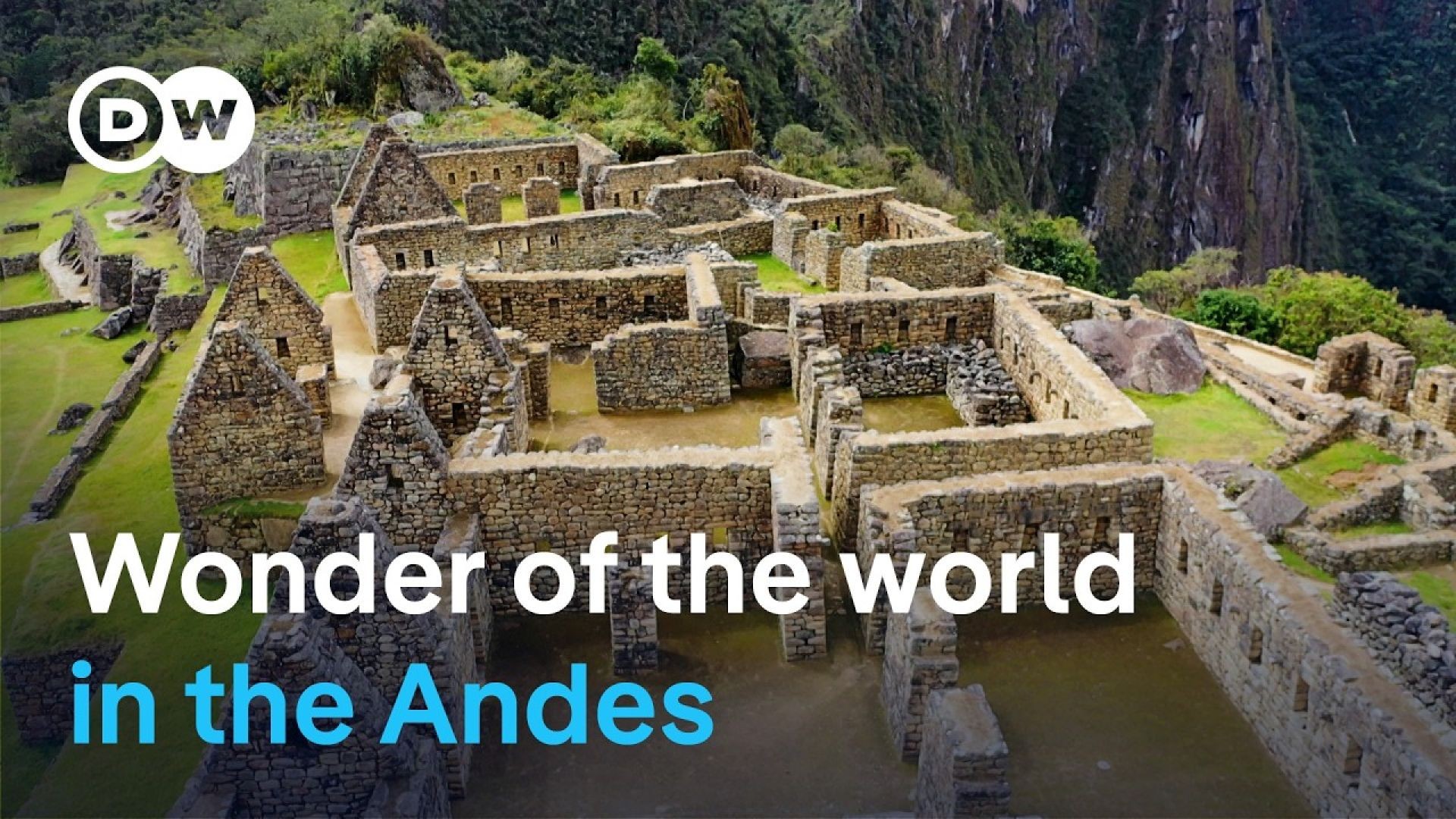
mosesvbj526527
5 months ago